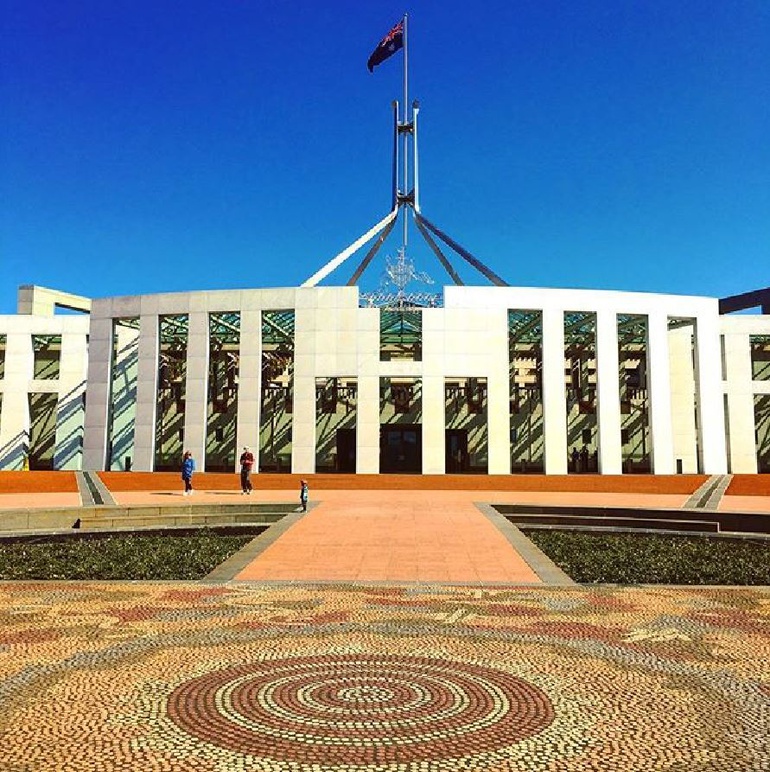Policy Perspective - December 2019
Government and advocacy in 2019
10 Dec 2019
Alongside the normal disruption that a Federal Election creates for any advocacy agenda, 2019 has proven to deliver significant progress in advancing the GBCA’s policy priorities. Consistent with our focus on decarbonising Australia’s buildings our landmark report released in October, Every Building Counts provides a practical guide for Federal, State and Territory and local governments with the Property Council to galvanise action through policy reform. In parallel with the launch of this report, the alignment of our recommendations with COAG’s national program for existing buildings marks a major early win, while work continues to advance the efficiency of our homes through the ABCB’s consultation to develop proposed changes to the NCC, with an emphasis on residential buildings. With a newly consolidated agenda for buildings established through Every Building Counts, next year promises many more opportunities to bring forth the benefits of our recommendations with government.
Enjoy a safe and happy break and we look forward to working together in 2020!
Energy Ministers endorse trajectory for existing buildings
At a COAG meeting in Perth recently, Energy Ministers agreed to a suite of initiatives to improve the energy efficiency of existing buildings in Australia.
The Trajectory for Low Energy Buildings – Existing Buildings is the second stage of the national plan for a trajectory towards zero energy (and carbon) ready buildings in Australia, announced by Energy Ministers earlier this year.
The work plan for existing buildings aligns closely with the Every Building Counts report that we released with the Property Council in October, which recommended a range of measures to improve existing and new buildings, under seven thematic areas covering governance, minimum standards, incentives, government leadership, robust rating tools, energy market reform and markets for products and materials.
Following our extensive engagement with the Commonwealth this year on the development of these measures, the GBCA welcomed their endorsement by Energy Ministers. As research in this sector shows, existing buildings contribute to almost a quarter of Australia’s emissions, along with more than half of the country's electricity consumption through their operation alone. The GBCA will be working closely with governments and other ASBEC members to support the delivery of this work program in the months ahead.
The Trajectory for Existing Buildings proposes:
- Developing information, training and energy rating tools for households and businesses to enable greater understanding of energy efficiency options and applications.
- Developing and expanding targeted building policies, including disclosure of energy performance, minimum energy efficiency standards for rental properties, renovations and refurbishments, improving heating, ventilation and cooling, and energy productivity in government operations.
- Identifying and developing supporting measures, including specific measures for strata titled buildings, financial initiatives, appliance standards and labelling, specific measures for vulnerable households, a national dataset and collection process for existing homes, and other targeted initiatives.
Joint industry submission to expert panel on carbon abatement review
In October, an expert panel appointed by the Minister for Emissions Reduction, Angus Taylor undertook targeted consultation with industry and other stakeholders about opportunities to incentivise low cost carbon abatement across a number of sectors.
The consultation focused on the Federal Government’s centrepiece for emissions reduction policies, the Emissions Reduction Fund and sought views on low cost options to grow the ERF in line with Australia’s emissions reduction targets.
Given buildings account for almost a quarter of Australia’s emissions, we suggested a number of ways for the Commonwealth to leverage the Climate Solutions Fund with more targeted programs for the built environment. Besides reinstating why the ERF is not designed to drive abatement in buildings, our joint submission with other peer industry associations covered opportunities such as:
- Leveraging existing benchmarks and professional certifications such as Green Star – Performance;
- Improving existing tax incentive frameworks, including modernising the 10 per cent green building withholding tax regime, extending the instant asset write-off scheme, and introducing green depreciation;
- Aggregating demand for single technology transformation;
- Strengthening the role of CEFC and ARENA in delivering abatement through energy efficiency; and,
- Further abatement opportunities related to tackling the performance of homes and state planning incentives.

Government leadership
This year we certified 22 Green Star government projects and saw 60 government Green Star project registrations – an incredible achievement. As the latest figures from our Green Star 2019 Annual Report show, local government are making great strides when it comes to driving transformational change. More local government certified projects achieve a 5 star Green Star rating compared to all Green Star projects, and local government Green Star rated buildings are designed and built to produce 49 per cent fewer greenhouse gas emissions on average than standard new buildings. The potential annual savings to greenhouse gas emissions from local government certified buildings equates to 31,000 cars removed from our roads each year.

ACT Government action on climate change
Australian Capital Territory Environment, Planning and Sustainable Development Directorate
The ACT Government’s recently released Climate Change Strategy 2019-25 outlines steps that the community, business and Government will take to reduce emissions by 50–60% (below 1990 levels) by 2025 and establish a pathway for achieving net zero emissions by 2045.
The built environment plays a major role in determining how we use energy and move around the city, as well as how liveable our city is in a changing climate. The energy performance of our buildings, the type of energy they use, and the way they link together, will affect our comfort and ability to reduce emissions over coming decades. The form of our urban development is central to the resilience of our cities and communities.
With the ACT’s electricity supply being 100% renewable from 2020, transport will account for 62% of the ACT’s greenhouse gas emissions, and the use of natural gas for 22%. The transition to 100% renewable electricity facilitates technologies like electric vehicles and all-electric buildings as zero-emissions options.
Earlier this year, the ACT Government released its ACT Climate Change Strategy 2019–2025 and Canberra's Living Infrastructure Plan: Cooling the City which outlines the steps the community, business and Government will take to reduce emissions by 50–60% (below 1990 levels) by 2025 and establish a pathway for achieving net zero emissions by 2045.
The Strategy brings together emission reduction, resilience and adaptation measures as part of a holistic response to climate change and is closely aligned with the ACT Planning Strategy 2018. Together, the Strategy and the Plan set out a climate change response that delivers emissions abatement consistent with scientific advice, continuing economic growth and diversity, and a just transition to ensure all parts of the community can benefit.
Actions in the Strategy focused on the built environment include:
- Development of higher minimum energy performance and climate resilience standards for new buildings that will deliver efficient, zero emissions buildings.
- Expanding the Energy Efficiency Improvement Scheme to increase support for low income households and promote a shift from gas to efficient electric appliances.
- Removing the mandating of reticulated gas in new suburbs.
- Developing a pathway to zero emissions from gas use by 2045, noting electrification, hydrogen and biogas offer alternatives to be considered in a new sustainable energy policy in 2020.
- Introducing mandatory disclosure of energy performance for rental properties.
- Introducing staged minimum energy performance requirements for rental properties to come into force from 2022–23.
- Ensuring all new Government capital works with a budget of more than $10 million either seek or are consistent with an independent sustainability rating such as Green Star or IS rating.
